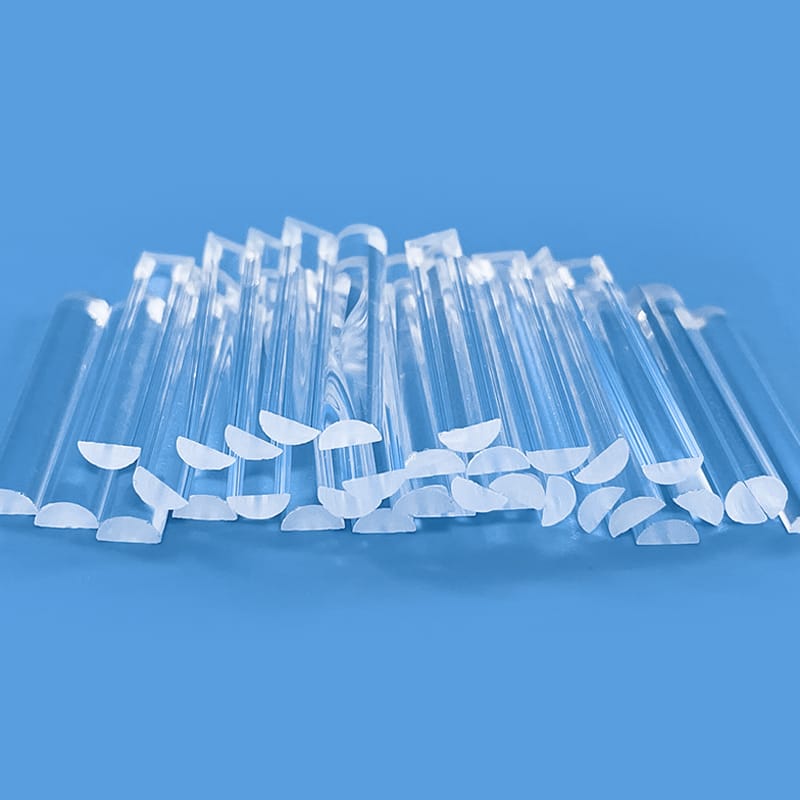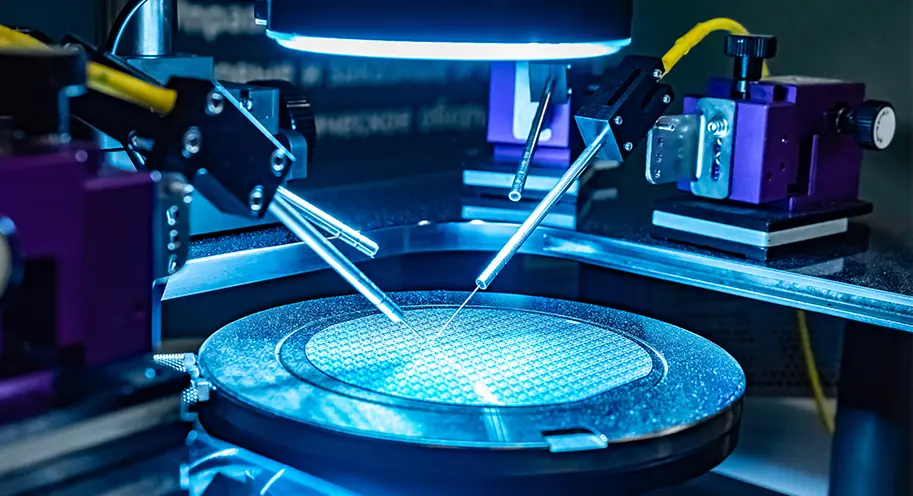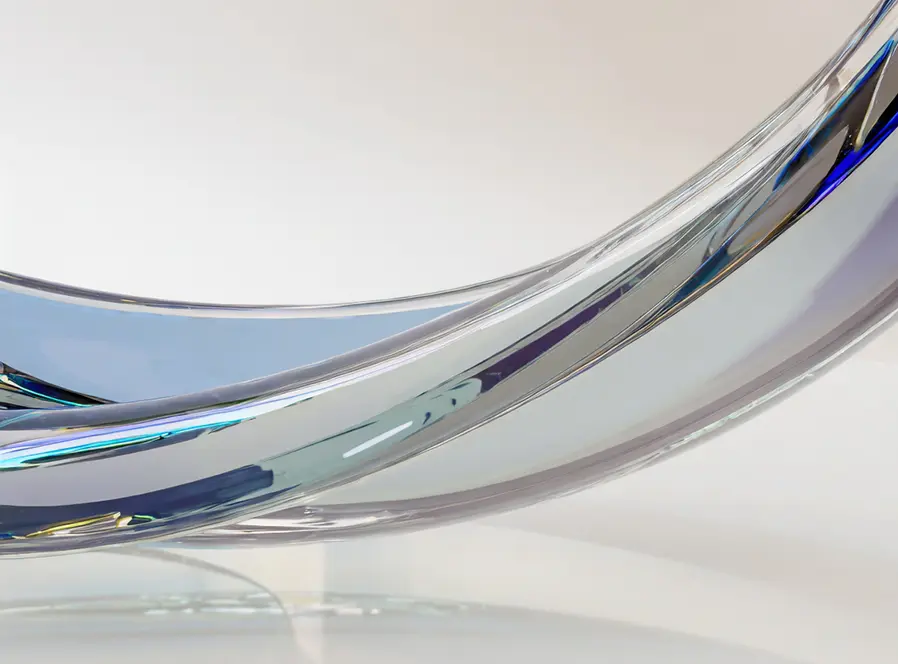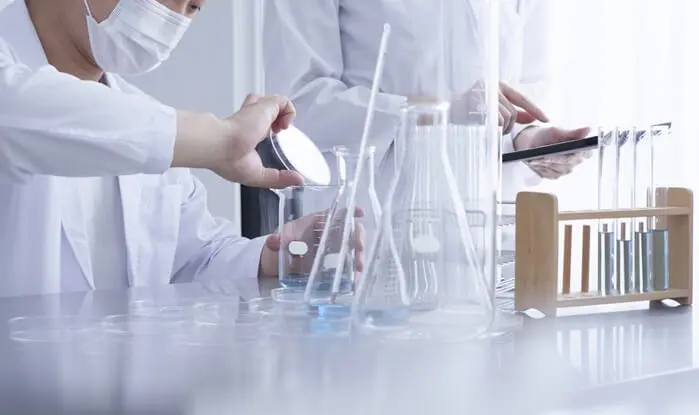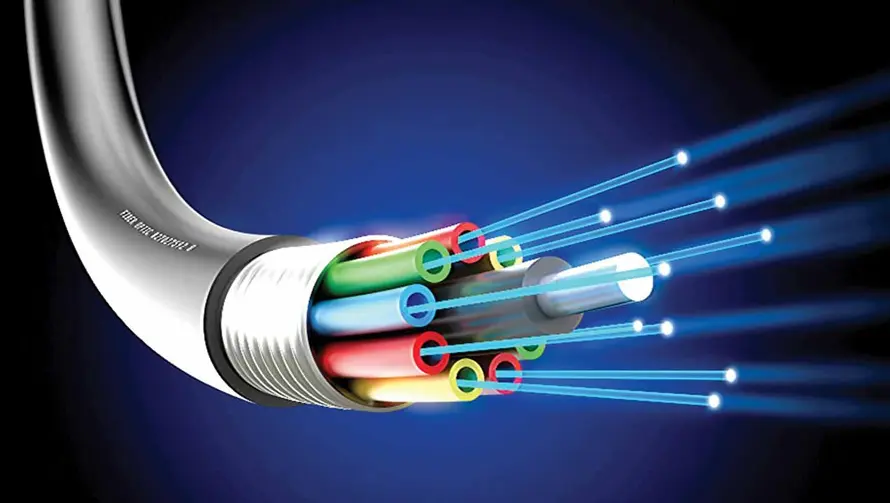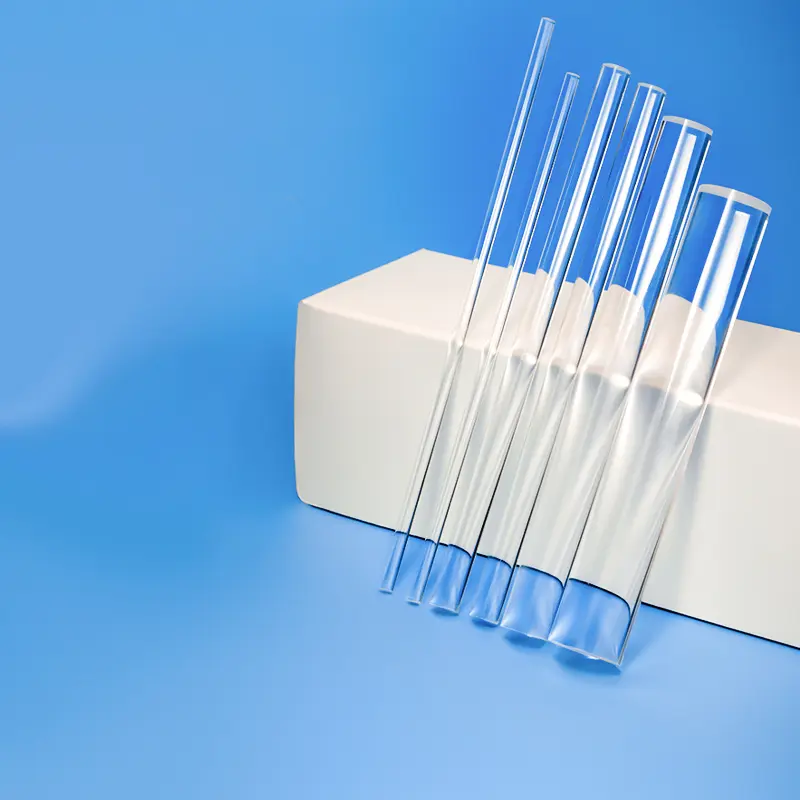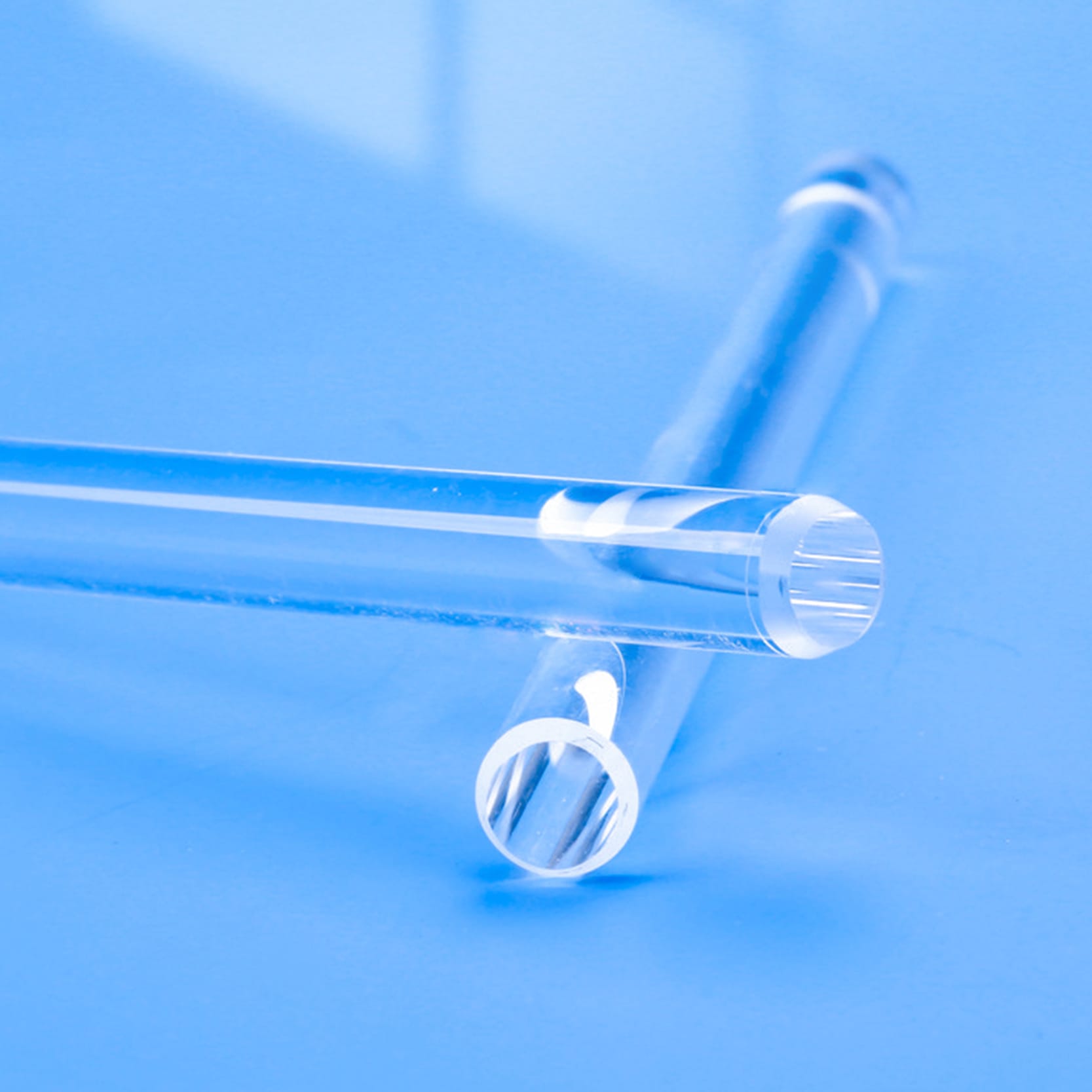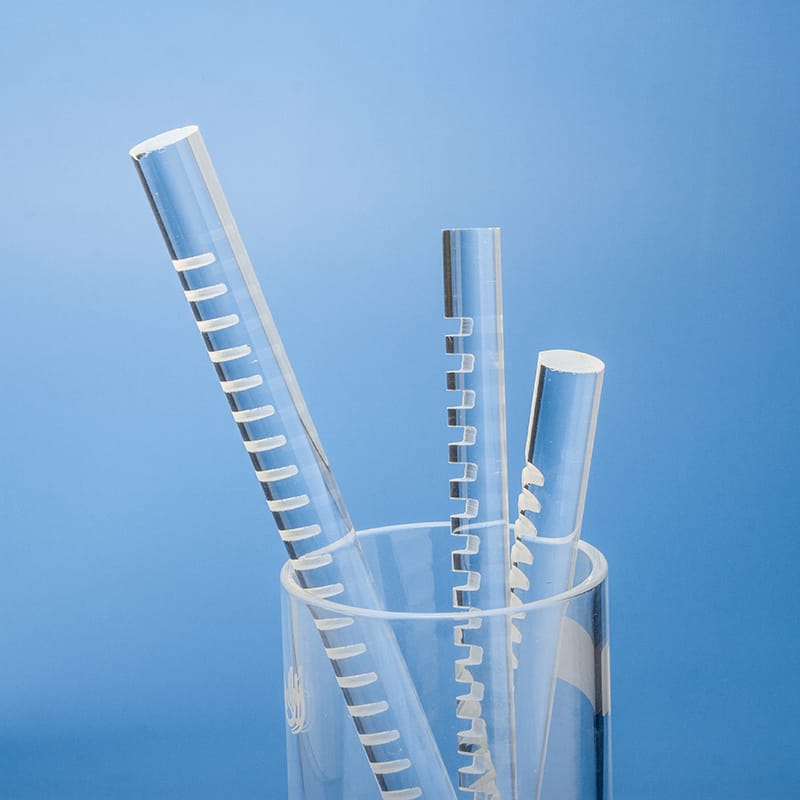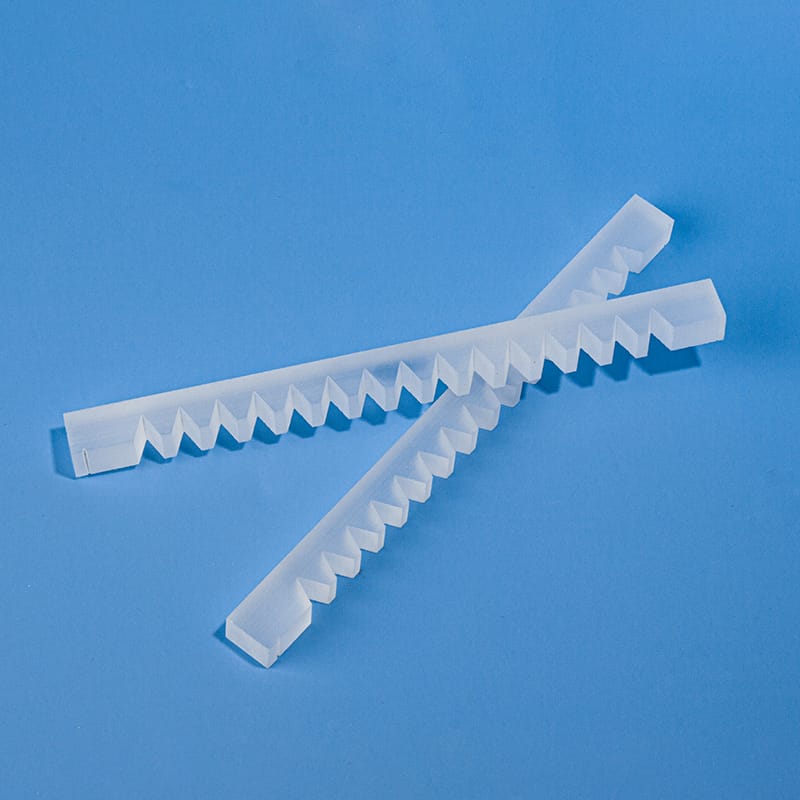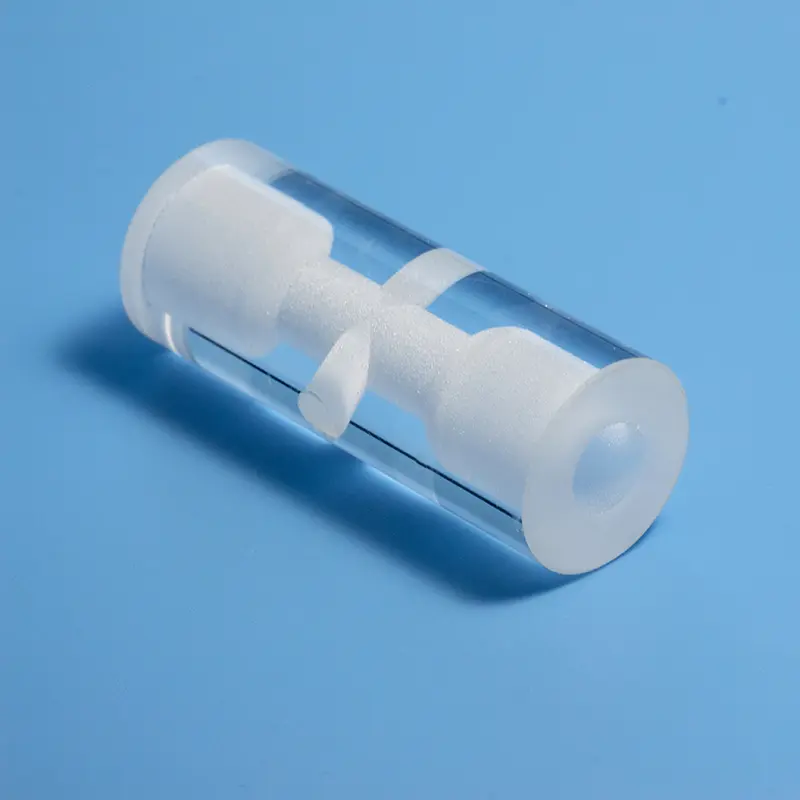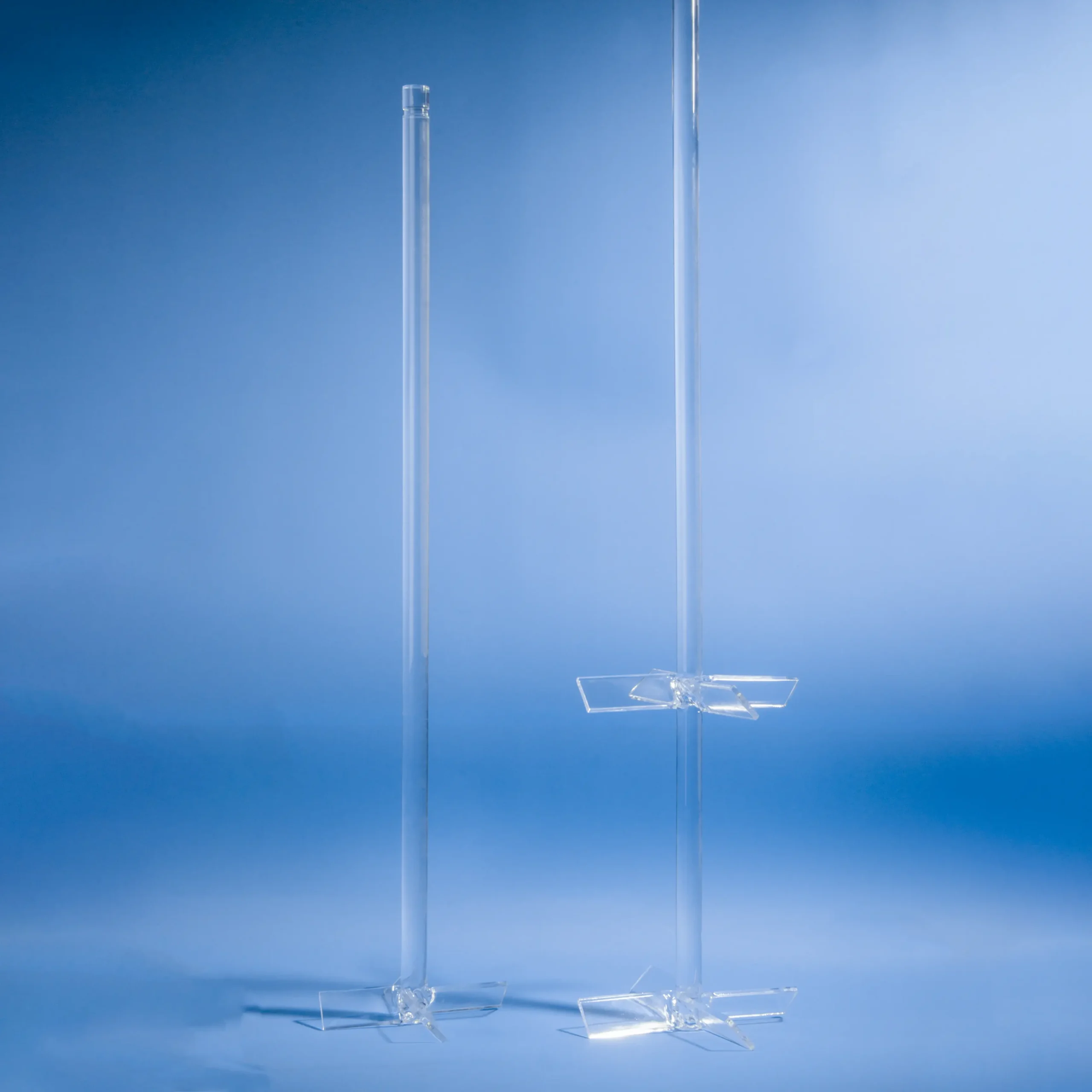A quartz semi-circular rod is a specialized product made from high-purity quartz material, featuring a semi-circular shape. Its unique form and excellent properties make it suitable for a wide range of applications.
| diameter | length |
|---|---|
| 10mm | 300mm |
| 10mm | 600mm |
| 12mm | 300mm |
| 12mm | 600mm |
| 14mm | 300mm |
| 14mm | 600mm |
| 15mm | 300mm |
| 15mm | 600mm |
| 15mm | 1000mm |
| 16mm | 300mm |
| 16mm | 600mm |
| 16mm | 1000mm |
| 16mm | 1200mm |
| 18mm | 300mm |
| 18mm | 600mm |
| 18mm | 1000mm |
| 18mm | 1200mm |
| 20mm | 300mm |
| 20mm | 600mm |
| 20mm | 1000mm |
| 20mm | 1200mm |
| 22mm | 300mm |
| 22mm | 600mm |
| 22mm | 1000mm |
| 22mm | 1200mm |
| 25mm | 300mm |
| 25mm | 600mm |
| 25mm | 1000mm |
| 25mm | 1200mm |
| 28mm | 300mm |
| 28mm | 600mm |
| 28mm | 1000mm |
| 28mm | 1200mm |
| 30mm | 300mm |
| 30mm | 600mm |
| 30mm | 1000mm |
| 30mm | 1200mm |
| 32mm | 300mm |
| 32mm | 600mm |
| 32mm | 1000mm |
| 32mm | 1200mm |
| 35mm | 300mm |
| 35mm | 600mm |
| 35mm | 1000mm |
| 35mm | 1200mm |
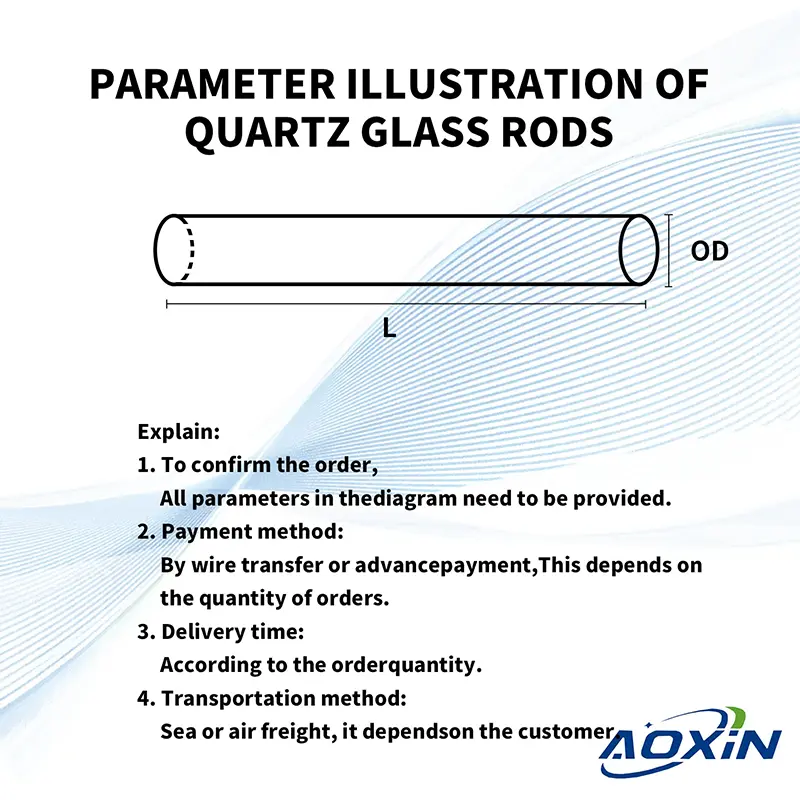
- Payment method:
By T/T or prepayment,
It depends on the quantity of the order. - Delivery time:
According to the order quantity. - Shipping method:
By sea or by air,
It depends on the customer.
Remarks:
To confirm the order,
the following parameters are required:
① outer diameter ② length ③ quantity
Fehler: Kontaktformular wurde nicht gefunden.
| Eigenschaft Inhalt | Immobilienwerte |
|---|---|
| SiO2 | 99.99% |
| Dichte | 2,2×10³ kg/cm³ |
| Härte | 5,5 - 6,5 Mohs'sche Skala 570 KHN 100 |
| Zugfestigkeit | 4,8×10⁷ Pa (N/mm2) (7000 psi) |
| Druckfestigkeit | >1,1×10⁹ Pa (160.000 psi) |
| Wärmeausdehnungskoeffizient | 5,5×10-⁷ cm/cm-°C (20°C-320°C) |
| Wärmeleitfähigkeit | 1,4 W/m-°C |
| Spezifische Wärme | 670 J/kg-°C |
| Erweichungspunkt | 1730°C (3146°F) |
| Glühpunkt | 1210°C (2210°F) |
| Dehnungspunkt | 1120°C (2048°F) |
| Arbeitstemperatur | 1200°C (2192°F) |
| Elektrischer spezifischer Widerstand | 7×10⁷ Ohm cm (350°C) |
| Größe | Kundenspezifisch |
| Logo | Kundenspezifisches Logo akzeptieren |
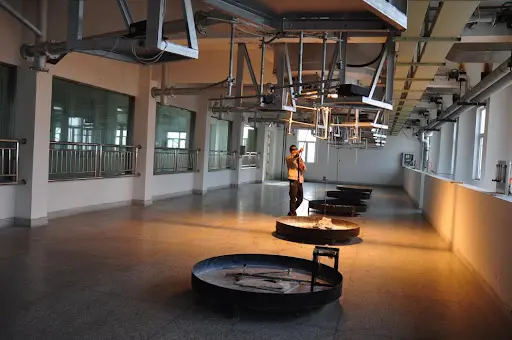
There are two primary methods for producing quartz rods: the continuous method and the flame fusion method (also known as the gas fusion method).
Continuous Method: In this method, quartz sand is fed from the top into a furnace, which comprises a metallic quartz crucible surrounded by electric heating elements. The quartz sand melts at high temperatures. The molten material then passes through a shaping orifice at the bottom of the crucible, producing rods, tubes, sheets, or other various specified product forms.
Flame Fusion Method: This method involves using hydrogen and oxygen to melt colorless quartz crystal. The molten material is formed into quartz glass through the melting and congealing of crystalline particles in the flame. The quartz glass is then removed from the flame through different methods and processed into quartz rods of the desired shape.
High Purity
The primary component of quartz semi-circular rods is silicon dioxide (SiO2), resulting in high purity. This characteristic makes them crucial in applications requiring high-purity materials, such as semiconductor manufacturing.
Hochtemperaturbeständigkeit
Quartz semi-circular rods can withstand high-temperature environments without deformation or melting, making them excellent for applications in heat treatment and high-temperature furnaces.
Corrosion Resistance
These rods demonstrate excellent corrosion resistance to a variety of chemical substances, maintaining stability in harsh chemical environments.
Excellent Optical Properties
Quartz semi-circular rods possess superior optical properties, including high transparency and low light absorption, making them well-suited for applications in optical communication and spectroscopic analysis.
Anwendungsszenario
Semiconductor Manufacturing
Quartz semi-circular rods are used in semiconductor manufacturing as precision components or tools in wafer processing equipment, photolithography equipment, and other semiconductor process tools. They help ensure precise wafer processing and positioning.
In various semiconductor processes like cleaning, oxidation, photolithography, etching, and diffusion, quartz semi-circular rods may act as carriers or auxiliary tools to ensure process stability and precision.
Optical Instruments
Quartz semi-circular rods are used in the manufacturing of optical instruments as a substrate for optical components such as lenses and prisms. Their excellent optical properties enable light refraction, reflection, and beam splitting.
They also play an important role in optical equipment like spectrometers and thermal imagers.
Laboratory and Scientific Research
In laboratories, quartz semi-circular rods are often used in chemical experiments and spectroscopic analysis as stirring rods or reaction vessel components due to their chemical stability and inertness to most chemical substances.
In scientific research, they are used in high-precision measurement and analysis instruments to ensure the accuracy and reliability of experimental results.
Other Fields
Quartz semi-circular rods are used to make mechanical parts like pressure gauges and high-precision instruments used in high-temperature and high-pressure environments.
In optical fiber communication, they may be a part of the optical fiber preform, which is processed into optical fibers through specific techniques.
The manufacturing process of quartz rods primarily involves melting quartz sand into hollow quartz preforms using a plasma flame. These preforms are then mechanically cold-worked into thick-walled quartz tubes. Finally, a medium-frequency induction heating non-contact secondary shaping technology is used to produce the quartz rods. This meticulous process ensures the quartz rods possess high purity, low hydroxyl content, high dimensional accuracy, and a superior surface finish free of defects.
In the electronics industry, quartz rods are primarily utilized as substrates for semiconductor materials and as bases for electronic components. Their excellent electrical insulation and thermal stability make them ideal for use in high-frequency circuits and sensors, as well as other high-precision electronic devices. Quartz rods are also crucial for the production of photomasks and glass chips, which are vital for enhancing electronic device performance.
Quartz rods exhibit an extremely low coefficient of thermal expansion and excellent resistance to thermal shock.
Häufig gestellte Fragen
Quarzglas ist ein hartes und sprödes Material mit ausgezeichneten physikalischen und chemischen Eigenschaften, extrem hoher mechanischer Härte, guter elektrischer Isolierung, hoher Temperatur- und Korrosionsbeständigkeit, geringer und stabiler Verzögerungsleistung, guter Lichtdurchlässigkeit usw. Es findet breite Anwendung in der Halbleiterindustrie, Optik, Elektrizität, Chemie, Luft- und Raumfahrt, Automobilindustrie und anderen Bereichen. Harte und spröde Werkstoffe sind schwer zu bearbeiten, und in vielen Bereichen werden dringend Schneidverfahren mit geringem Kanteneinbruch, geringem Materialverlust, geringer Querschnittsrauheit und einem großen Schnittdickenbereich benötigt. Das traditionelle Schneidverfahren für Quarzglas ist das mechanische Schneiden, d. h. das Scheibenschneiden. Zu den nicht-traditionellen Schneidverfahren gehören Wasserstrahlschneiden, elektrochemisches Drahterodieren, kontinuierliches Laserschneiden usw. Das mechanische Schneiden ist kostengünstig, aber der Kontakt zwischen der Scheibe und dem Material verursacht einen hohen Werkzeugverschleiß, und das Material wird leicht durch das Werkzeug verschmutzt. Quarzglas neigt zu Kanteneinbrüchen, Mikrorissen und Eigenspannungen, was die Festigkeit und Leistung des Materials beeinträchtigt! Das Schneiden von Kurven ist schwierig und erfordert Nachbearbeitungen wie Schleifen und Polieren. Das Laserschneiden kommt nicht direkt mit dem Material in Berührung, hat keine Kontaktspannungen und kann komplexe Kurvenschnitte durchführen. Der Pikosekundenlaser hat die Vorteile eines kleinen Punktdurchmessers, einer hohen Präzision, einer kurzen Einwirkungszeit auf das Material und eines kleinen Einwirkungsbereichs und eignet sich für die Bearbeitung von harten und spröden Materialien.
。

